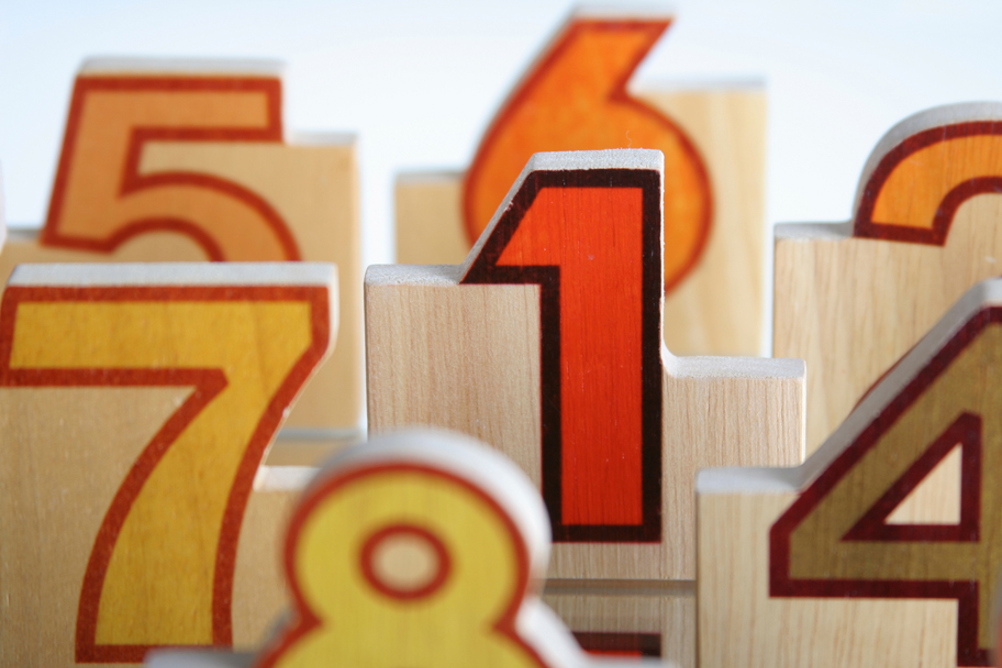considers the case

Like the majority of the early years sector, I welcomed the introduction of the prime areas in the Early Years Foundation Stage (EYFS) and agreed that they are the most important aspects of a child's development.
As the statutory guidance points out (2012, paragraph 1.4): 'Three areas are particularly crucial for igniting children's curiosity and enthusiasm for learning, and for building their capacity to learn, form relationships and thrive. These three areas, the prime areas, are:
I remember delivering introductory training, including statements such as: 'We all know the prime areas are key to all learning - a child needs to feel safe, secure and valued in order to become an effective learner, reader, writer and mathematician.'
Register now to continue reading
Thank you for visiting Nursery World and making use of our archive of more than 35,000 expert features, subject guides, case studies and policy updates. Why not register today and enjoy the following great benefits:
What's included
-
Free access to 4 subscriber-only articles per month
-
Unlimited access to news and opinion
-
Email newsletter providing activity ideas, best practice and breaking news
Already have an account? Sign in here









